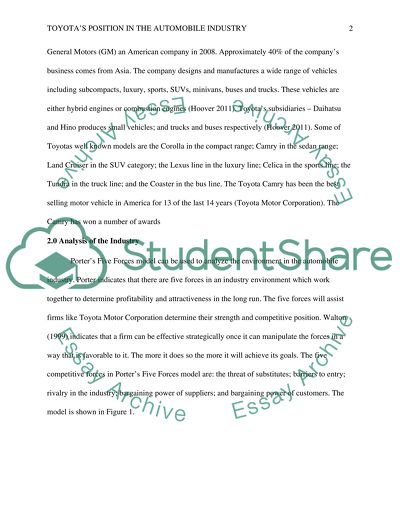Cite this document
(“Industry Analysis Term Paper Example | Topics and Well Written Essays - 2250 words”, n.d.)
Retrieved from https://studentshare.org/macro-microeconomics/1397542-industry-analysis
Retrieved from https://studentshare.org/macro-microeconomics/1397542-industry-analysis
(Industry Analysis Term Paper Example | Topics and Well Written Essays - 2250 Words)
https://studentshare.org/macro-microeconomics/1397542-industry-analysis.
https://studentshare.org/macro-microeconomics/1397542-industry-analysis.
“Industry Analysis Term Paper Example | Topics and Well Written Essays - 2250 Words”, n.d. https://studentshare.org/macro-microeconomics/1397542-industry-analysis.


